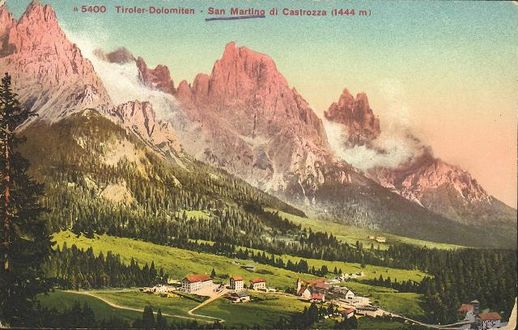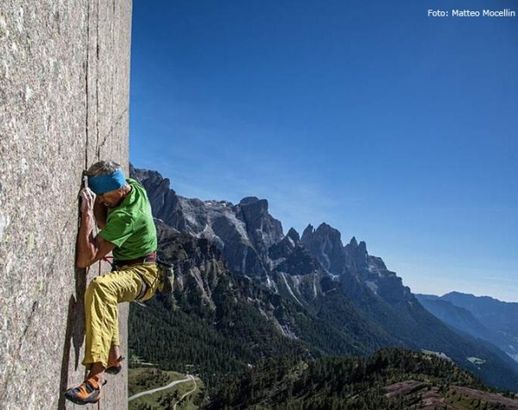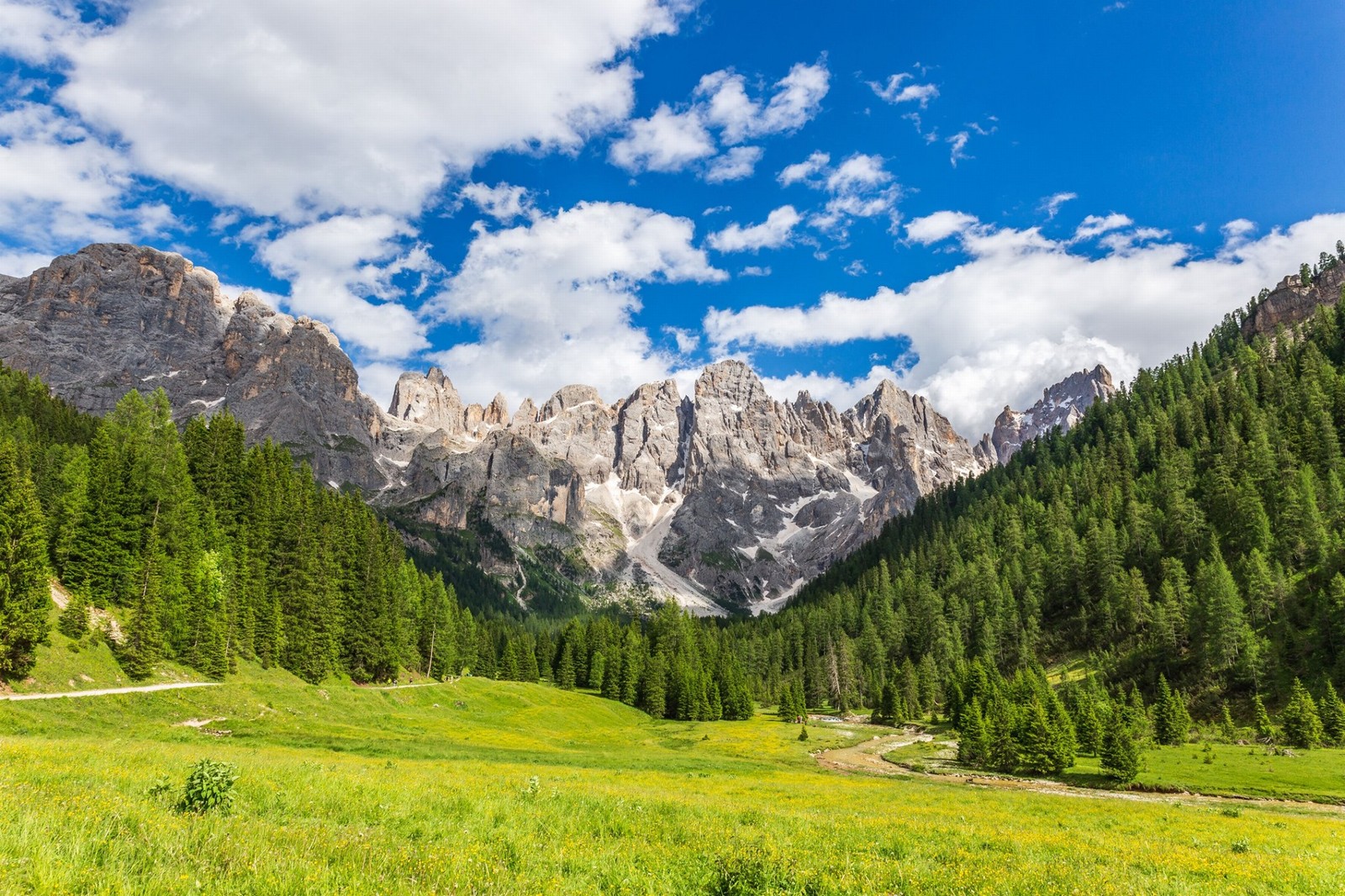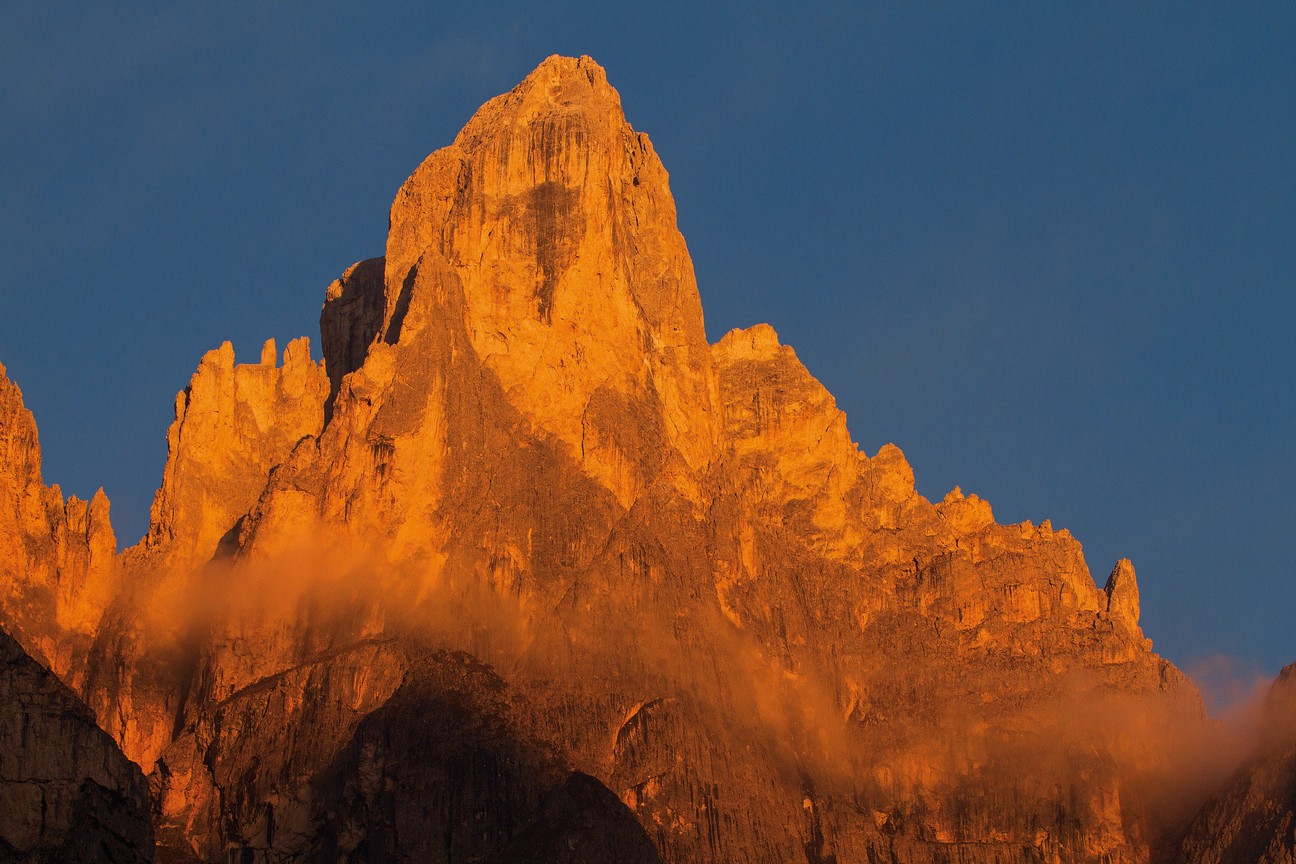Brief historical overview of San Martino di Castrozza

The name Castrozza is thought to derive from castrum, a Roman military outpost on a secondary road (the Via Claudia Augusta ran about 50 km from here) which served as a support base for the armies engaged in conquering the Alpine territories.
Later a spontaneous religious community, adopting a Benedictine-type order, established a Hospice in the area. Documents attest that the Hospice of Castrozza was established to assist and give hospitality to pilgrims, wayfarers and traders who from the early Middle Ages often needed to embark on the difficult challenge of crossing the Alps. The monks disappeared mysteriously from the area in the mid-fifteenth century and the monastery was replaced by a simple benefice with no obligation to look after souls, but which continued to give hospitality to wayfarers.
A new era started for San Martino di Castrozza around the mid-nineteenth century: English explorers, inspired by a romantic and decadent spirit driving them to face long and adventurous tours of the uncharted Dolomites, "discovered" the Pale di San Martino. The mountains first sparked the ambitions and interests of hiking enthusiasts, geologists and botanists. Later, intrepid mountain climbers, in this case not only British, faced the towering dolomitic pinnacles. Some names: Francis Fox Tuckett, John Ball, Leslie Stephen, Edward Whitwell, Theodor von Wundt, and last but not least the ladies, Mrs. Imminck and Mrs. Thomasson.
To accomplish these historic ascents, the climbers were helped by local hunters or shepherds. As time went by, these stalwart escorts became excellent and sought-after professional guides, the legendary Aquile di San Martino (San Martino Eagles). Before long, the Hospice inn was inappropriate to give adequate hospitality to these first explorers and mountain climbers; thus, the first hotels were built by local and foreign entrepreneurs. Shortly, San Martino di Castrozza became a first-class resort on the international tourist scene. Burnt down during the First World War by the retreating Austrian troops, San Martino, with its glamorous hotels, by now an Italian town, rose back to its previous renown after the First World War. In the 1920s, the resort’s tourist offer was completed by the rise of winter tourist facilities.
Links: www.castrozza.eu

It all began in 1861 when the English travellers Gilbert and Churchill published their guide The Dolomite Mountains, which stimulated the curiosity of mountaineers including Leslie Stephen, one of the founders of the Alpine Club of London, Edward Whitwell, who would go on to conquer the Cimon della Pala in 1870, Francis Fox Tuckett, the Count of Lovelace, Beatrice Tomasson but also the Dutch-born Immink Jeanne. The British then left the pass for others, including Norman Neruda, Georg Winkler, Günther Langes, who in 1920 first scaled with Erwin Merlet the Spigolo del Velo, Otto Herzog, Emil Solleder, Hermann Buhl, Bruno Detassis and Ettore Castiglioni, who in 1934 in fact created thirty new tracks on the Pale and reached the sixth grade on the south-eastern edge of the Sass Maor. The sixties saw the famous climbs of Reinhold Messner and Samuel Scalet, while the seventies witnessed those of Manolo, opening up new frontiers of climbing. Most remarkable were the local Alpine Guides who, since the birth of mountaineering, have stood apart with their knowledge of places and their technical expertise.

















